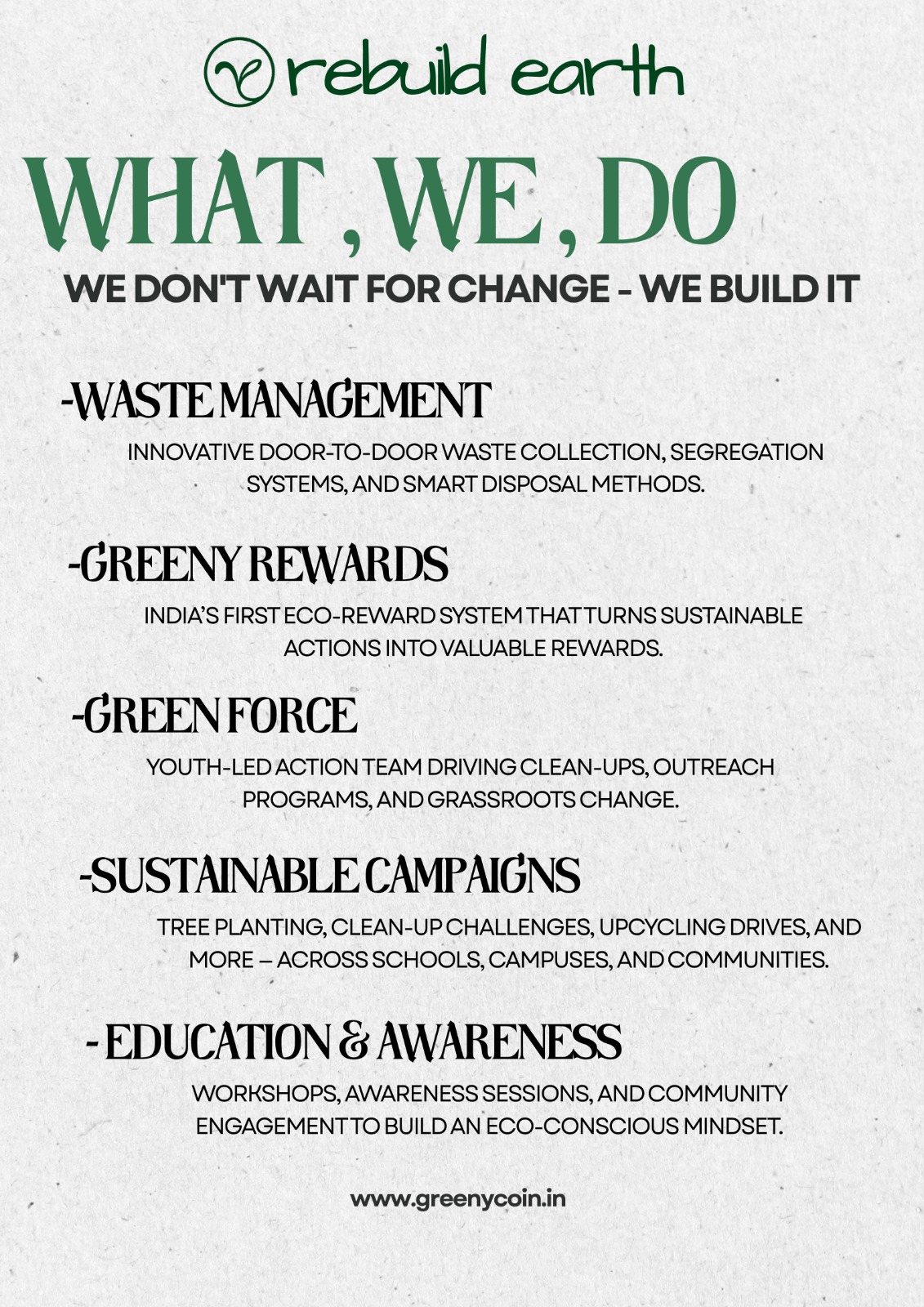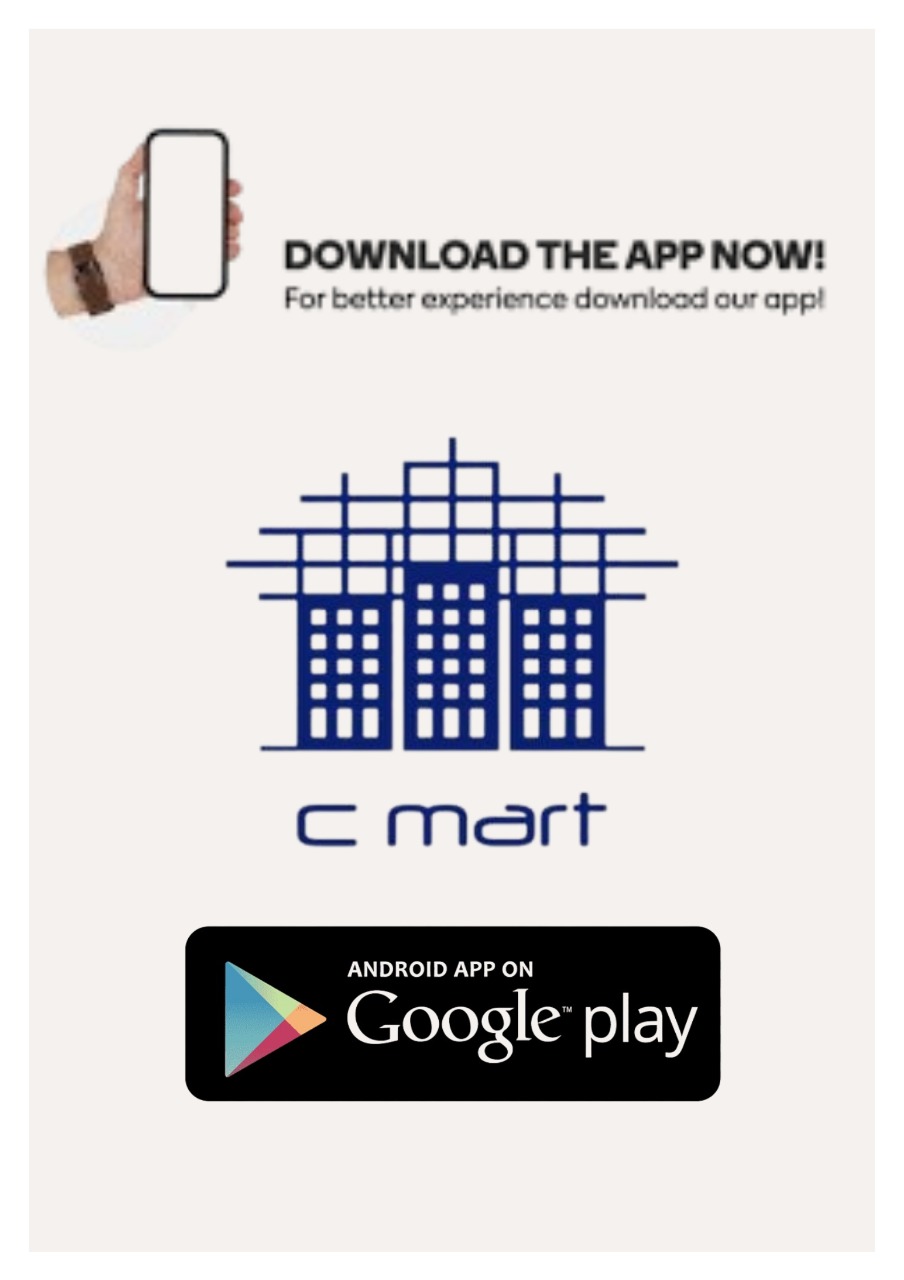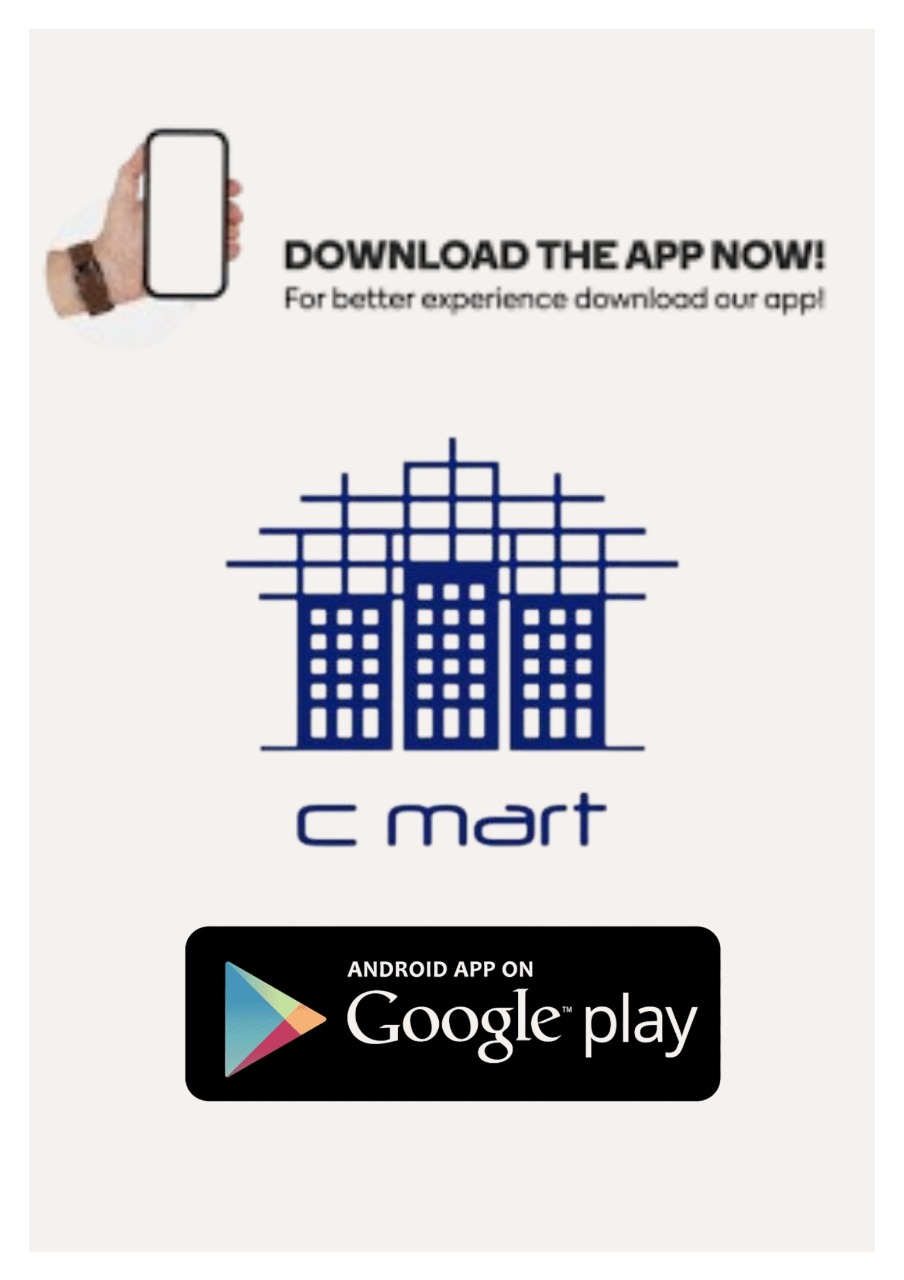Back
Ansh Kadam
Founder & CEO at Bui... • 7m
Is your bank doing charity by offering you a No-Cost EMI? Absolutely not. RBI itself has made it clear — 0% interest does not exist. Yet banks, brands, and e-commerce platforms continue to aggressively market no-cost EMI offers like they’re doing you a favor. So how do they actually make money? Let’s break it down. First, No-Cost EMI is a brilliant customer acquisition hack. Ever noticed these offers are limited to specific credit cards? Like Amazon’s recent sale that supported only ICICI Bank. That’s because the bank sees it as a way to bring in new users and increase card usage — a long-term win for them. Second, it subtly increases consumer spending. Would you buy an iPhone for ₹70,000 in one go? Probably not. But paying ₹6,000/month? Suddenly feels doable. That psychological play is intentional. And while Amazon or Flipkart may cover the interest cost to make it “no-cost” for you, they’re still winning because you're buying more — driving up their revenue. Third, it's a repackaged discount — not a real freebie. You often have two choices during sales: ₹3,000 off if you pay upfront Or, pay the full price via a no-cost EMI. You can’t have both. The discount you “lost” upfront is simply being used to cover the EMI interest behind the scenes. And finally, there's always a small catch — processing fees. Even if EMI feels “no cost,” there’s usually a fee that is quietly added in. It’s not massive, but it’s not zero either. 💡So what’s the actionable insight here? Before you click “Buy Now, Pay Later,” do the math. ✔️ Compare upfront discounts vs EMI offers ✔️ Check if the product is available cheaper on other platforms ✔️ Watch for hidden fees or T&Cs ✔️ If you’re buying through EMI, make sure it’s a need, not a temptation Financial literacy is the real flex in a world built on EMIs. To get deeper insights on business, money psychology, and growth strategies — subscribe to our newsletter via the link in the comment.

Replies (2)
More like this
Recommendations from Medial
Satyam Kumar
"Turning visions int... • 5m
🥛💸 THE ₹180 MILKBASKET SCAM NO ONE WARNED YOU ABOUT! > “They deducted ₹180 from my wallet without permission, warning, or logic. Just gone.” ... Reddit user @throwmeintothishell Welcome to the new kind of scam .. No OTP. No alert. No option to
See MoreSani
Hey I am on Medial • 11m
My idea is that people who buy bikes on EMI, we people who get interest, have to pay extra and mobiles are also available on EMI etc. My idea is that everyone should make full payment for the gold.If you cannot buy it then this also sells on EMI so p
See MoreMuzammil P.
DevOps Engineer | Ne... • 10m
hey everyone, I need help. I have come across a case. He has a credit card of SBI bank with an outstanding of Rs. 130k but the guy is not able to pay it now. And he even tried to talk to customer care about this amount Convert it into EMI and then st
See MoreShoaib Yoosaph
Founder and CEO of R... • 5m
we’re changing the game. From streets to systems, rewards to awareness — this is how we’re rebuilding Earth. 🌍💥 ✔️ Smart waste solutions ✔️ Eco rewards that motivate ✔️ Action-led volunteering ✔️ Clean campuses & public bins ✔️ Real education, rea
See More
Download the medial app to read full posts, comements and news.



































